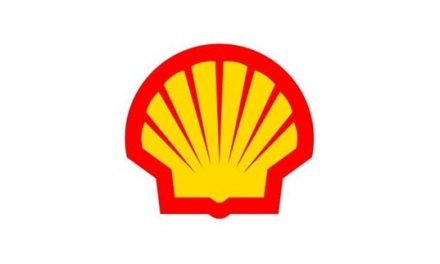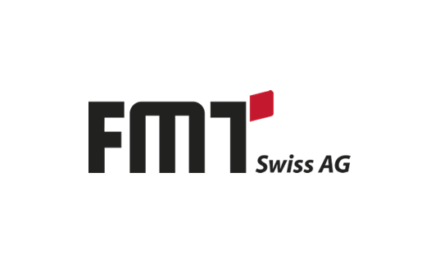By John Kimmel
“If you fail to plan, you are planning to fail.” That quote was made famous by Benjamin Franklin, and it is just as true today as it was over two hundred years ago. Almost everyone has heard those words and knows they are true. Unfortunately, business owners and professional salespeople largely ignore them, at least when it comes to finding and landing great new accounts.
I ride with fuel and lubricant salespeople nearly every week, and almost without fail as we are driving from account to account I will hear something like this, “Hey, I saw a new place down the street, and since you want me to do some cold calls, let’s go see them.” In other words, they identify potential new accounts as they drive around town, literally see them as they pass by, and their plan to land them is to walk in and wing it and see what happens.
When I started selling back in the ‘80s, I would roll into a new town and grab the Yellow Pages from a phone booth to see who was in town, mark them on a paper map and then go see them in a route that made sense based on their locations. That was considered forward thinking back then as most reps just drove around town, looking for possible accounts. By the way, for those of you who are too young to know what a phone booth is, I am sure you can Google it. And yes, before you had GPS to get you from place to place, there were city maps printed on paper, and salespeople always had a stack of them in the car.
So here we are over 30 years later, most of the reps I ride with (in the beginning of an engagement) are still not even prospecting up to “Yellow Pages” standards, so let’s talk about what it takes to really do this well.
First, you need to ask yourself a series of questions to determine what type of potential customers you need to target.
- Which sectors (like dealer, PCMO or industrial) have the most profit?
- Which sectors have the most potential volume?
- Which sectors are you most likely to be successful in and why?
- Which sectors are you least likely to be successful in and why?
- Which sector are you going to target first?
- Which geographic area are you going to target first?
Once you have answered these questions, the next step is to determine some specific companies that make sense for you to pursue based on the information you gathered above. This usually involves a search engine, association membership lists and other resources that contain the information on the companies you are looking for. Once that is done you have a new set of questions to ask yourself.
- What products do they likely buy?
- What brand do they likely buy?
- How much volume do they likely buy?
- Who do they probably buy from now?
- Why do they buy from that company?
- Why would they switch?
Once those questions are answered, your focus needs to shift from the company you are targeting to the actual person you need to talk to. For that, we have a new set of questions.
- What are the titles of the decision maker for that type of organization?
- What are the titles of the gatekeepers and/or influencers for that type of organization?
- How will you identify and contact the decision makers, gate keepers and influencers (Hint: This is a great place to leverage social media like LinkedIn)?
Only now, after you have answered all these questions, can you create a call plan that includes a customer-specific introduction, set of questions to ask, specific goals to achieve on the call and a plan to overcome the objections you are most likely to encounter with that type of customer.
Creating a plan to find and land great new customers will not only dramatically increase your close rate but also will save you time. No more missing great potential accounts that are not located on the main streets in town. No more calling on the easy to find accounts that are not the best fit for your service. No more low-profit accounts that every petroleum marketer in the area calls on. Focus on the best prospects for your organization, and you, your team and your customers will be glad that you did.
 John J. Kimmel is the author of “Selling with Power” and has spoken for many state and regional petroleum marketer associations. Kimmel provides custom solutions to increase the effectiveness and profitability of sales teams for petroleum marketers all over the United States. To learn more, visit www.johnjkimmel.com.
John J. Kimmel is the author of “Selling with Power” and has spoken for many state and regional petroleum marketer associations. Kimmel provides custom solutions to increase the effectiveness and profitability of sales teams for petroleum marketers all over the United States. To learn more, visit www.johnjkimmel.com.









